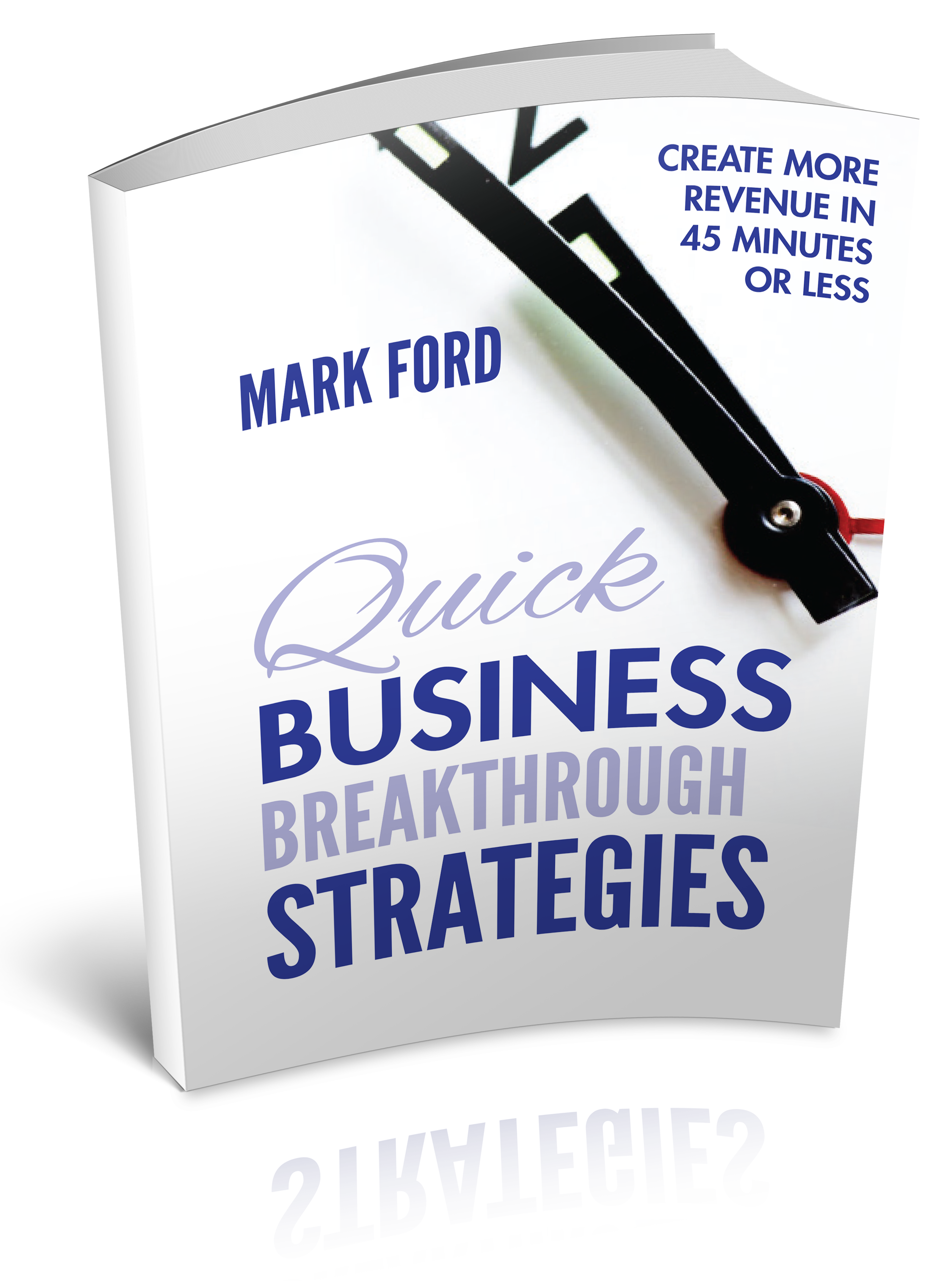Over the last few posts we talked about how to multiply the resources that you’ve worked hard to maximize:
- Call in the Troops
- Bring ‘Em Out of the Woodwork
- Lost Sheep Clients
- Olympic-Size Sales Staff
- Open Water Fishing
- Call for Back-Up
Today we’ll cover the next three:
- Go Big Online
- Bartering with the Best
- Give Away the Farm
Go Big Online
There are businesses that operate solely online – and there are those with only physical addresses, and there are also those that do both. Those that do both are by far more successful than the previous two. When you take the time to establish an online presence you open up your business to the entire world, through a few clicks of the mouse.
To successfully sell products online, you need to:
- Offer high-quality products/services that people want.
- Build an attractive, effective website that’s user-friendly.
- Generate high-quality traffic at a low cost.
With all of these things in place you can find success with online exposure.
Bartering with the Best
If you’ve ever gone to a yard sale and paid the sticker price, then you need to up your bartering game. Everything is negotiable and you need to take the time to barter with your suppliers. You might find yourself saving significantly on the things your business needs to operate smoothly.
Give Away the Farm
Ok, not literally, but you have to be willing to stay in contact with prospective clients and offer them products and services they are going to need. You don’t know what they need until you offer them everything you’ve got, then work with them to put together the perfect package the fit their needs.
When you take the time to put yourself at the front of their minds, they are more likely to work with you going forward. You can do this by offering free newsletters, a free consulting session or other valuable tool.
This wraps up these three areas of multiplying the resources you’ve maximized. If you’re not sure where to start or are feeling a bit overwhelmed, try our FREE test drive to work with one of our amazing business coaches who can help you navigate these peaceful waters.
Next time we’ll finish up this series with the last three ways to multiply your maximized resources. We’ll cover:
- Finding Your Pot of Gold
- Stay at the Top of Your Game
- Wealth from the Inside Out



